Caesar’s Comet: How a Seven-Day Star Helped Found an Empire
In 44 BCE a bright star rose over Caesar’s funeral games. Romans called it the Julian Star. Poets, coins, and politics made it immortal. What really appeared—and how did it become proof of a god?

In July 44 BCE, during the funeral games held in Julius Caesar’s honor, Romans looked up and saw a brilliant visitor. A star with a tail—“sidus crinitum,” a hair-star—rose each evening and burned for several nights. Pliny the Elder later recorded that it shone for seven days, rising “at about the eleventh hour,” and that people took it as a sign that Caesar had become a god.
Suetonius noted how quickly the city fastened on the connection. Ovid—poet, not astronomer—translated that popular reading into myth in his Metamorphoses, describing Venus lifting Caesar’s soul to the sky and kindling it as a star. From these lines and others, a story took hold: the Julian Star (sidus Iulium) had crowned Caesar and cleared a spiritual path for the young Octavian, soon to be Augustus.
The comet did not found an empire; people did. But a week of brightness over Rome proved unusually useful. It condensed grief, hope, and politics into a single point of light, and the image of that light—sometimes a tailed comet, often a simple star—moved onto coins, monuments, and poems. The “Julian Star” became legible at a glance, a shorthand for divinity and for a relationship between the new ruler and the dead dictator that was at once familial and cosmic.
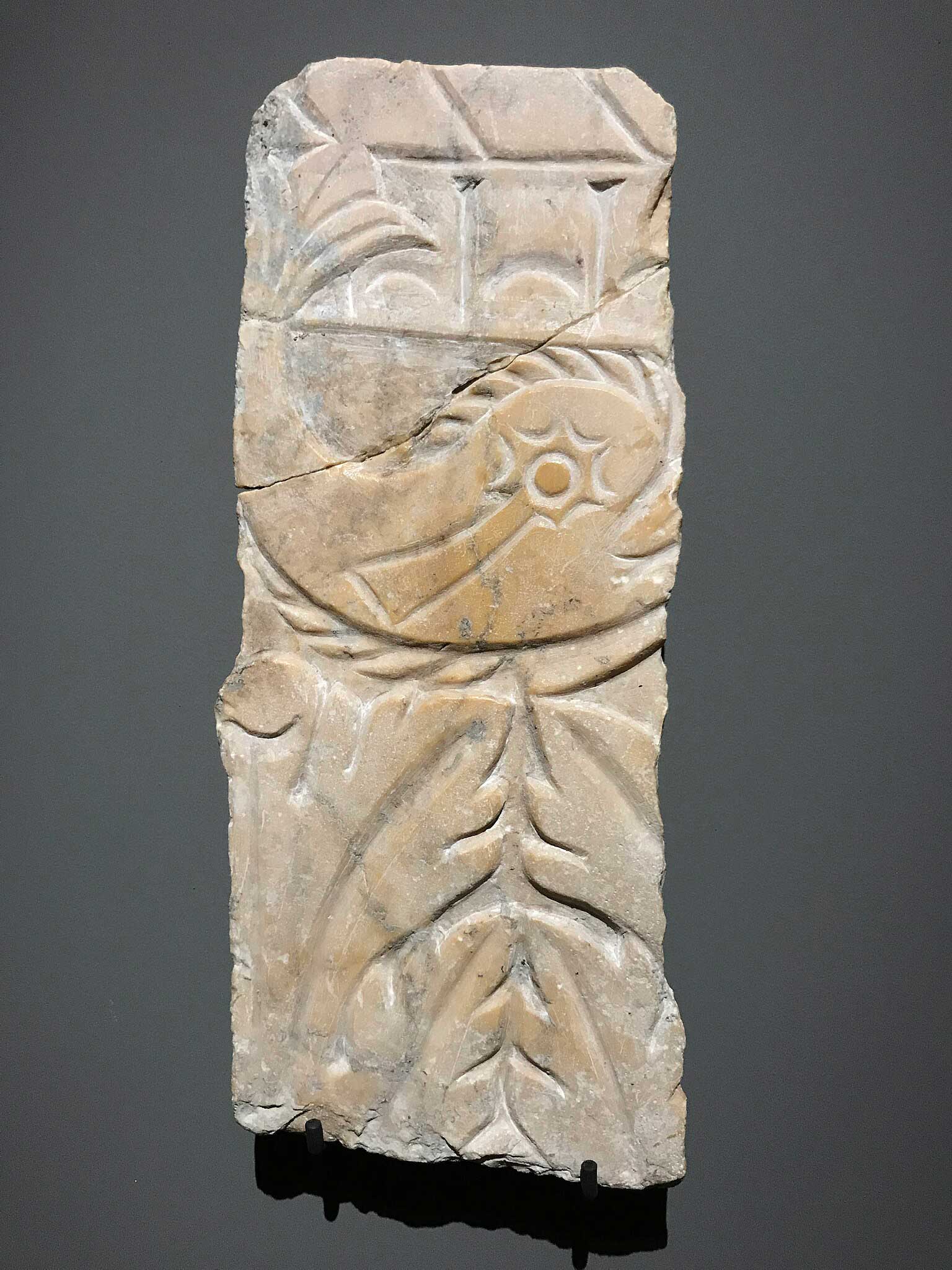
A star at the games
Ancient accounts agree on the setting: the Ludi Victoriae Caesaris, games vowed by Caesar and staged by Octavian in July 44 BCE, a few months after the assassination. In the evenings, a bright object appeared for several nights in succession. Pliny’s compressed notice preserves two details that mattered to Romans: duration (“for seven days”) and timing (rising late, towards sunset).
Cassius Dio, writing later, likewise connects the apparition to the games and to the crowd’s response. Suetonius emphasizes the speed with which the sign was folded into public cult and honorific imagery for Caesar. Ovid’s literary transfiguration—in which Venus bears the soul upward and “a trail of fire” marks the new star—is a poet’s retrofit, but it reflects what many Romans already believed: that the heavens had signaled Caesar’s apotheosis.
Rome is the only place in the whole world where there is a temple dedicated to a comet; it was thought by the late Emperor Augustus to be auspicious to him, from its appearing during the games which he was celebrating in honour of Venus Genetrix, not long after the death of his father Caesar, in the College which was founded by him.
He expressed his joy in these terms: "During the very time of these games of mine, a hairy star was seen during seven days, in the part of the heavens which is under the Great Bear.
It rose about the eleventh hour of the day, was very bright, and was conspicuous in all parts of the earth.
The common people supposed the star to indicate, that the soul of Caesar was admitted among the immortal Gods; under which designation it was that the star was placed on the bust which was lately consecrated in the forum."
This is what he proclaimed in public, but, in secret, he rejoiced at this auspicious omen, interpreting it as produced for himself; and, to confess the truth, it really proved a salutary omen for the world at large.
Pliny the Elder, Natural History Book 2, Chapter 23
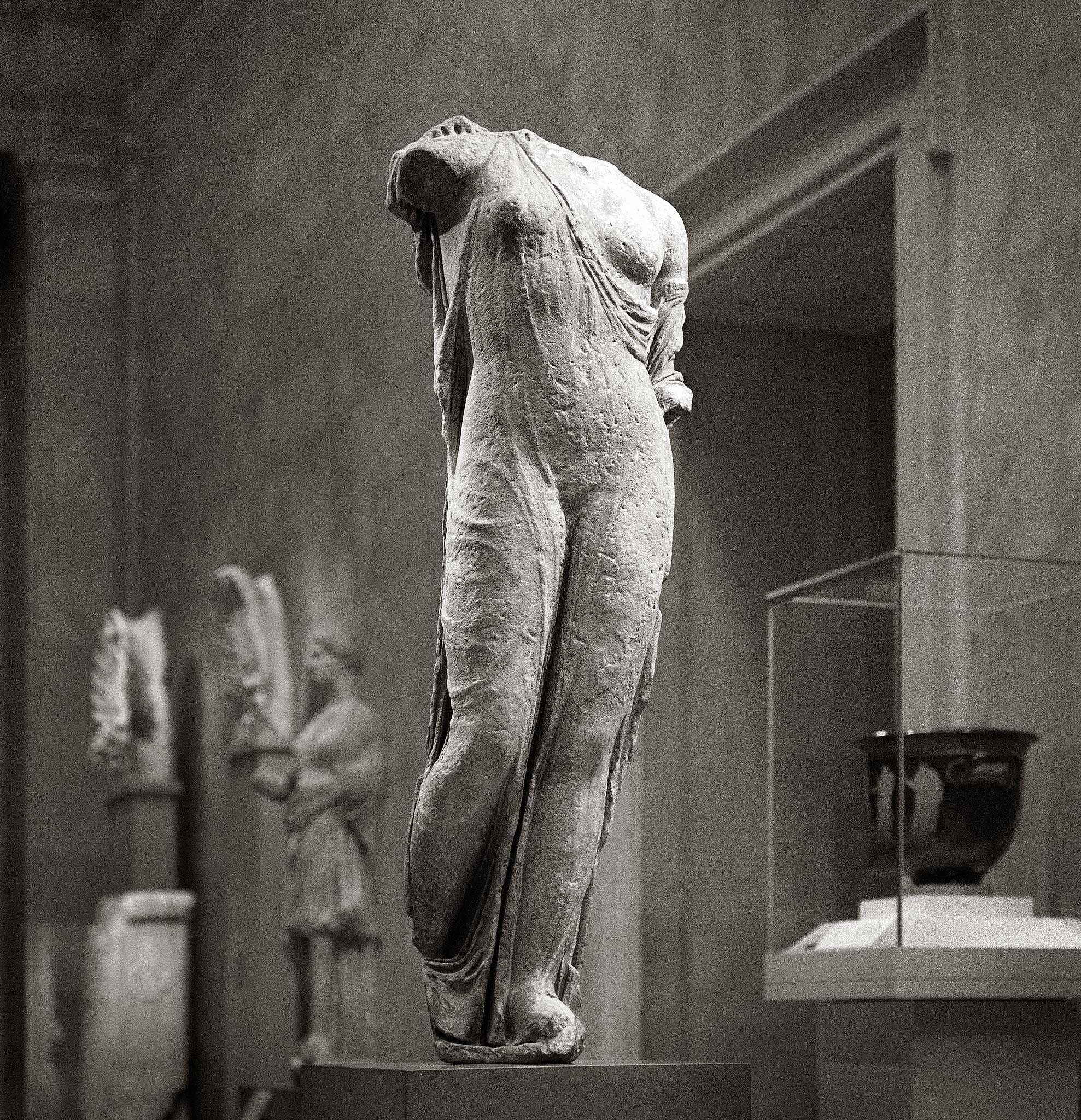
What exactly did Rome see? The ancient vocabulary (sidus crinitum, cometes) allows either a tailed comet or a pointlike “guest star” to fit the description, but the later tradition prefers a comet and sometimes remembers its nightly rising during the games.
As with any sky report made without instruments, we cannot reconstruct the object’s orbit from literary fragments. We can, however, watch the meaning form in real time: an evening sky, a public festival, a shock of brightness, a city deciding together what it meant.
When, however, a certain star during all those days appeared in the north toward evening, which some called a comet, claiming that it foretold the usual occurrences, while the majority, instead of believing this, ascribed it to Caesar, interpreting it to mean that he had become immortal and had been received into the number of the stars, Octavius then took courage and set up in the temple of Venus a bronze statue of him with a star above his head.
And when this act also was allowed, no one trying to prevent it through fear of the populace, then at last some of the other decrees already passed in honour of Caesar were put into effect.
Thus they called one of the months July after him, and in the course of certain festivals of thanksgiving for victory they sacrificed during one special day in memory of his name.
For these reasons the soldiers also, particularly since some of them received largesses of money, readily took the side of Caesar.
Cassius Dio, Roman History 45.7

What Romans thought comets meant
Comets were not blank signs. To many Romans, they augured trouble. The elegist Tibullus could call a comet a “sign of war”. Within epic, Virgil’s comet imagery terrifies and inspires by turns. Ovid gives a confident, polished version of a belief that had already spread in the streets: “the star” proved that Caesar’s soul had been taken up.
But the consensus we retroject onto July 44 BCE is a later construction. In the first years after the ludi, the “Julian Star” was a contested image—available for use by rivals, pliable enough to bear opposing claims, and powerful precisely because it was familiar and simple. Stars already had long associations with gods and Hellenistic kings; the star-form was legible to viewers who would never see a rare comet.
This is why the same sky-event could be labeled a gift, a warning, or a propaganda tool, depending on who spoke. Octavian did not need to “invent” the star; he needed only to inherit and redirect it. As poets replayed the omen, they also debated what it proved—about power, about the dead becoming divine, about the young heir’s right to rule.
That conversation did not stop when the comet faded. In verse and on metal, the sign survived because it solved a political problem: it let Rome visualize deification and succession without a constitution that said how to do either.
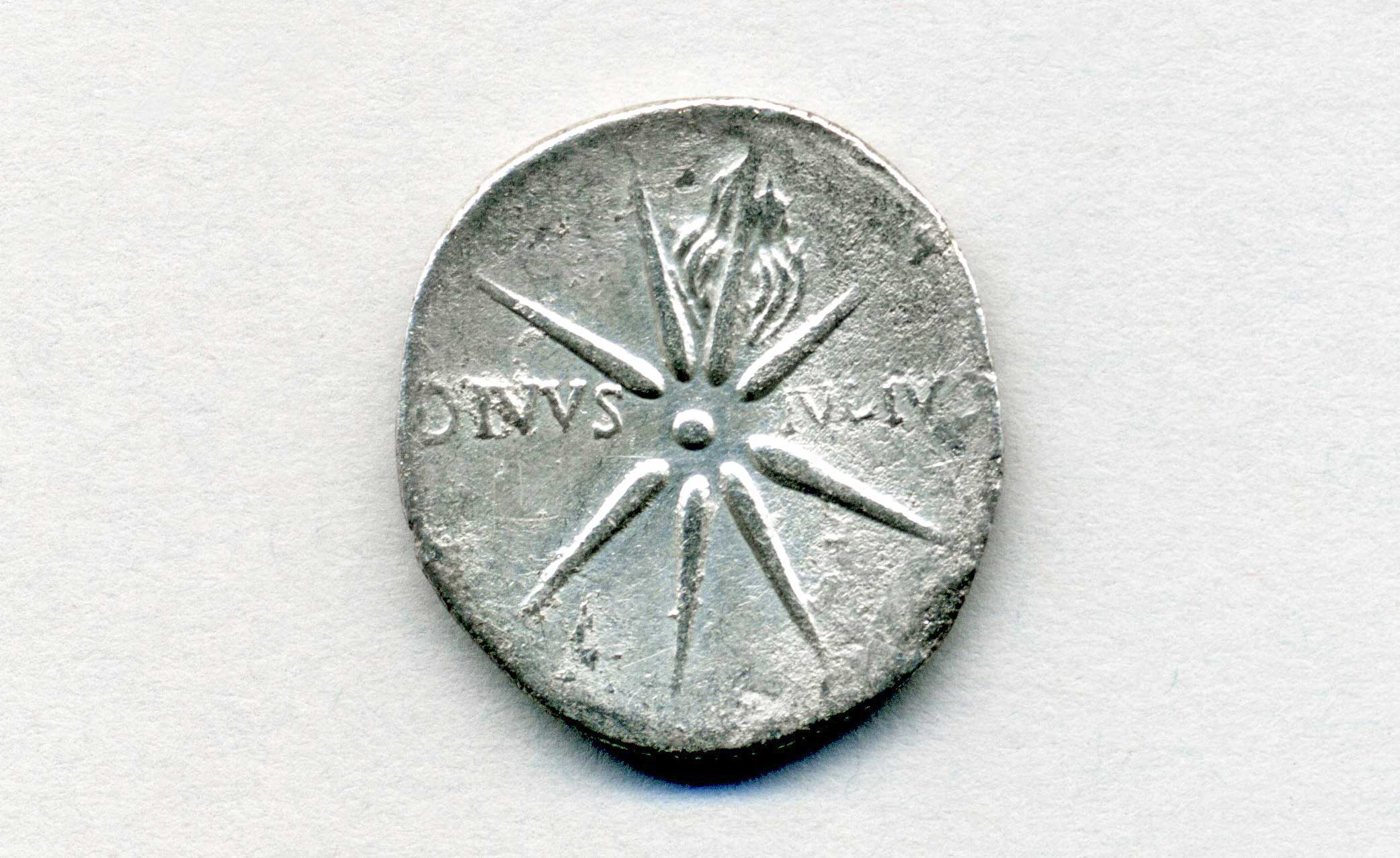
Was there really a comet? The historical–astronomical question
The ancient Roman testimony is compact and consistent: a notable evening object during the July games, seen on multiple nights. Later historians tested those notices against East Asian records, which preserve many observations of “guest stars” and comets in official histories and supplementary compilations.
The cross-cultural method is sound—Chinese and Korean sky notes have confirmed several classical phenomena—but it comes with cautions. East Asian entries catalogue objects by months and reign years, sometimes without precise coordinates; later anthologies are partial; and gaps, losses, and copyist errors are well documented in the transmission of astronomical chapters.
What matters for the Roman case is not a perfect line from a Chinese ledger to Rome’s July evenings, but the plausibility that a short-lived, conspicuous object was visible that summer at Mediterranean latitudes.
East Asian materials show how often comets and “guest stars” were recorded, how they were described (duration, color, tail), and how entries could be earlier or later than the actual first appearance because they were logged upon report. They also show how interpretation rode alongside observation: like Romans, Chinese court scholars read unusual stars as signs with political weight.
In practical terms, we remain where the Romans were: the best account of what was seen in Rome is Roman. It is specific enough to be meaningful (seven nights, evening risings; a public moment) and vague enough to frustrate any orbital reconstruction. That does not weaken the history; it anchors it to what mattered in the city at the time—the public recognition of a sign.
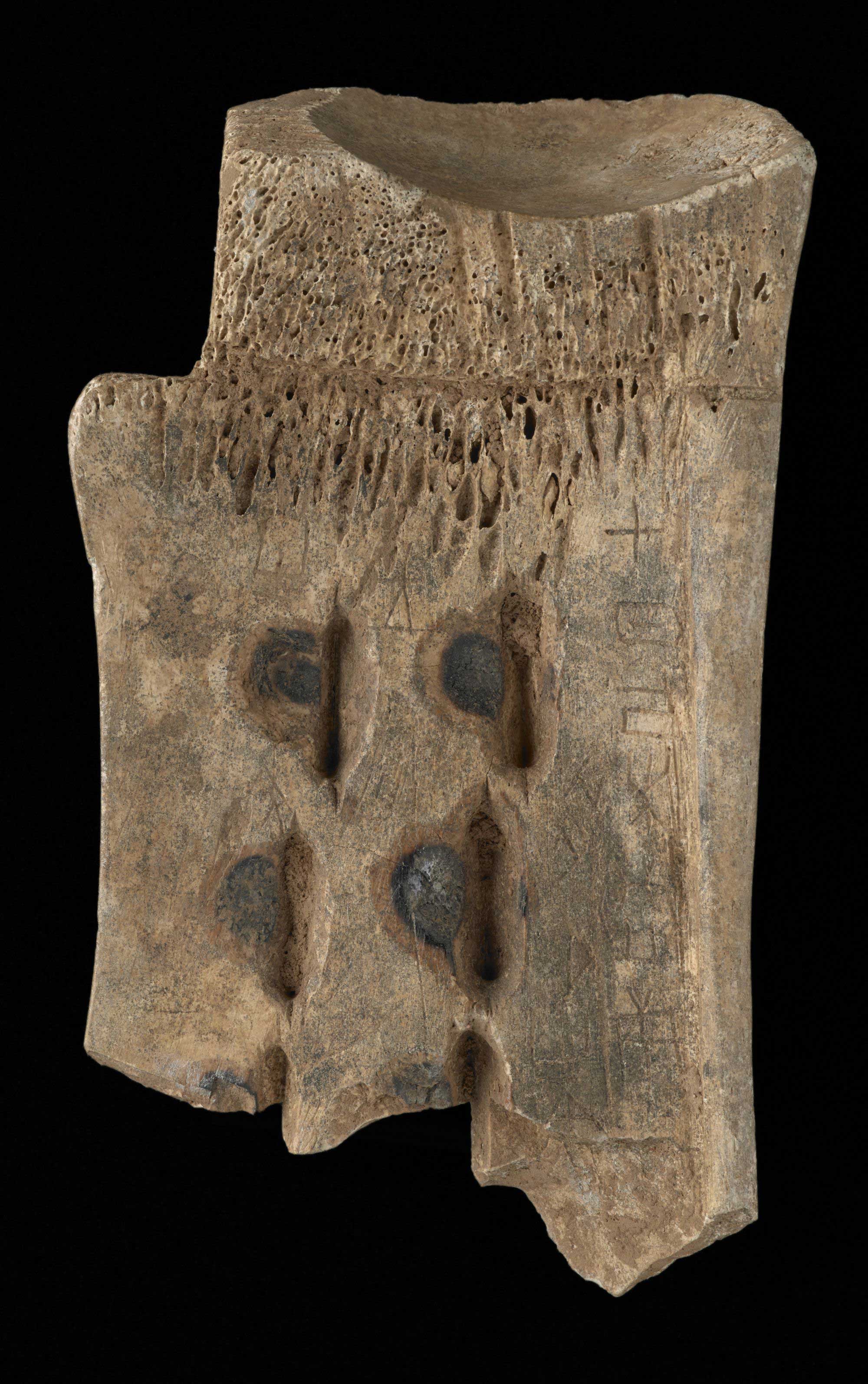
From sign to symbol: stars, comets, and coins
On metal, the image outran the event. Long before the funeral games, stars already walked freely across Roman coin faces. They appeared with Castor and Pollux; later with Roma, Mars, Mercury, Jupiter, Victory, Apollo.
Caesar himself had placed a star in the hair of Venus on a Spanish denarius of 45 BCE, tying his family story to a divine patron and the evening star’s guidance to Italy. In 44 BCE, a moneyer, P. Sepullius Macer, put a star behind Caesar’s head on the obverse of a denarius; this did not depict the ludi’s comet specifically so much as it amplified honors and hinted at divine claims.
The conflation of a comet that once appeared with the star that could be stamped came later—and it came by stages. In the 30s, Octavian’s coinage experiments linked the star more tightly to DIVI F(ilius), the “son of the deified one.” In the late 20s and teens, some issues rendered the sign more like the comet of the games; by ca. 19–18 BCE and again around 17 BCE, the sidus Iulium appears in ways that recall a tailed star over Caesar’s honors.
The message shifted as Octavian’s position strengthened. Early rivals also used star-iconography to claim Caesar’s auspices; later coins could suggest something stronger: that Augustus himself crowned Caesar with the star—an image that reverses the flow of honor and makes the living ruler the agent of the dead god’s glory.
Coins taught viewers what to see. A simple star was easier to cut than a comet, easier to read at a glance, and it matched a wide, older habit of imagining divine presence as starlight. That is why, in later memory, the shape often won out over the tail; “the comet” became “the star” that anyone could recognize on a tiny silver disc.
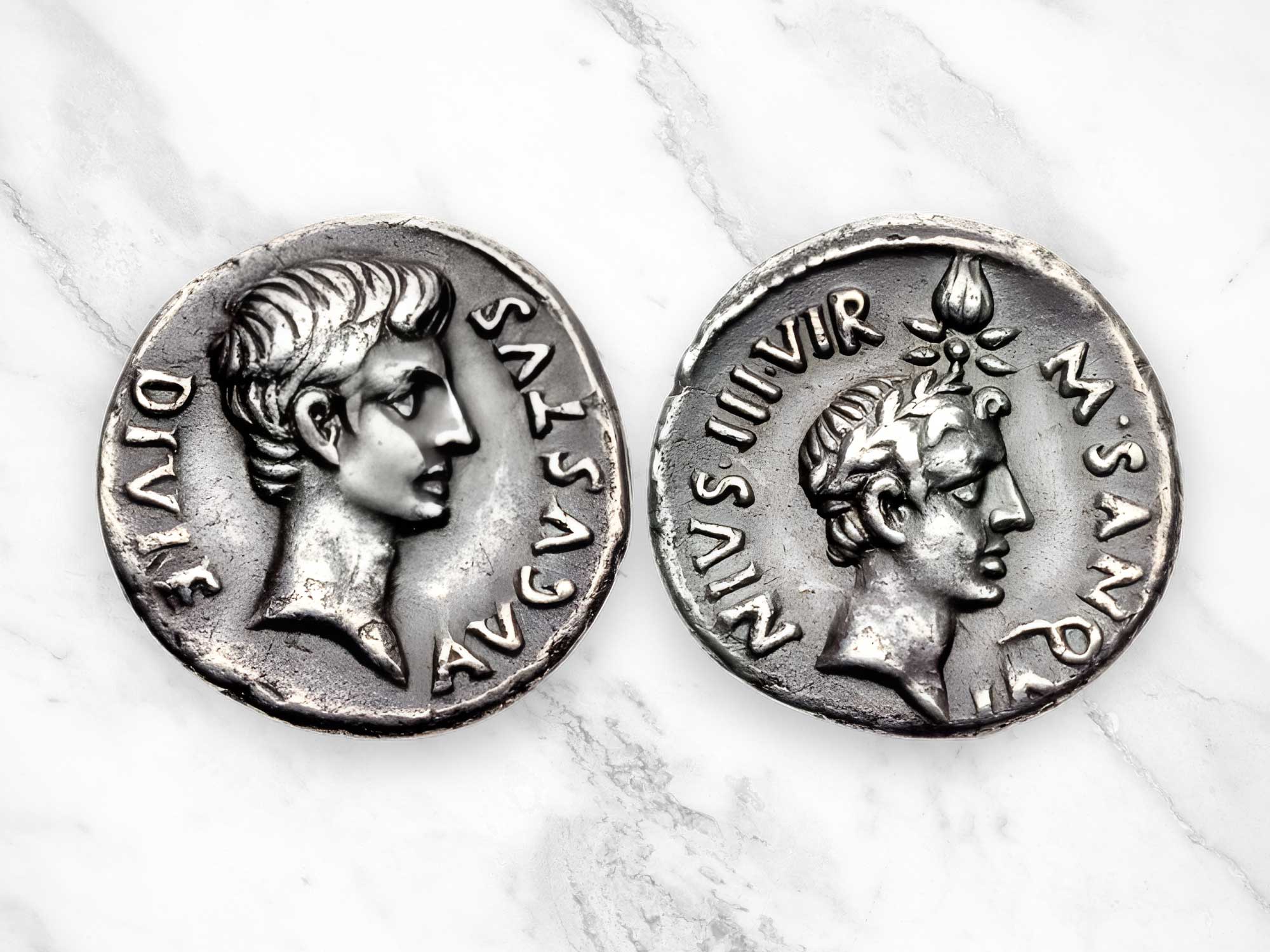
Poetry’s work: from omen to story
Latin poetry did not merely repeat the sign; it reframed it. Virgil’s comet imagery inside the Aeneid is unsettled by design: a flame on young Iulus’ head alarms some and consoles others; a falling star can terrify the city and motivate a family to flee.
That tension matches the first Roman reactions to the 44 BCE sky—what does it mean, and for whom?—and it resists any single, immediate alignment with the politics of a later princeps. Horace, Propertius, and others circle the image with their own balances of caution and praise.
Ovid, writing later, made the cleanest literary version: Venus carries Caesar upward; the star appears; the image is inseparable from the deification. The neat fit is the point. By the time Ovid wrote Metamorphoses, the symbol’s edges had hardened in public culture; he could write as if the meaning had always been clear.
Yet his smooth scene cannot erase the decades when readers and viewers were still deciding how to read the star and what it allowed them to say about living power. Poetry both recorded and steered that process for the urban audience that read coins, looked at monuments, and listened to recitations.
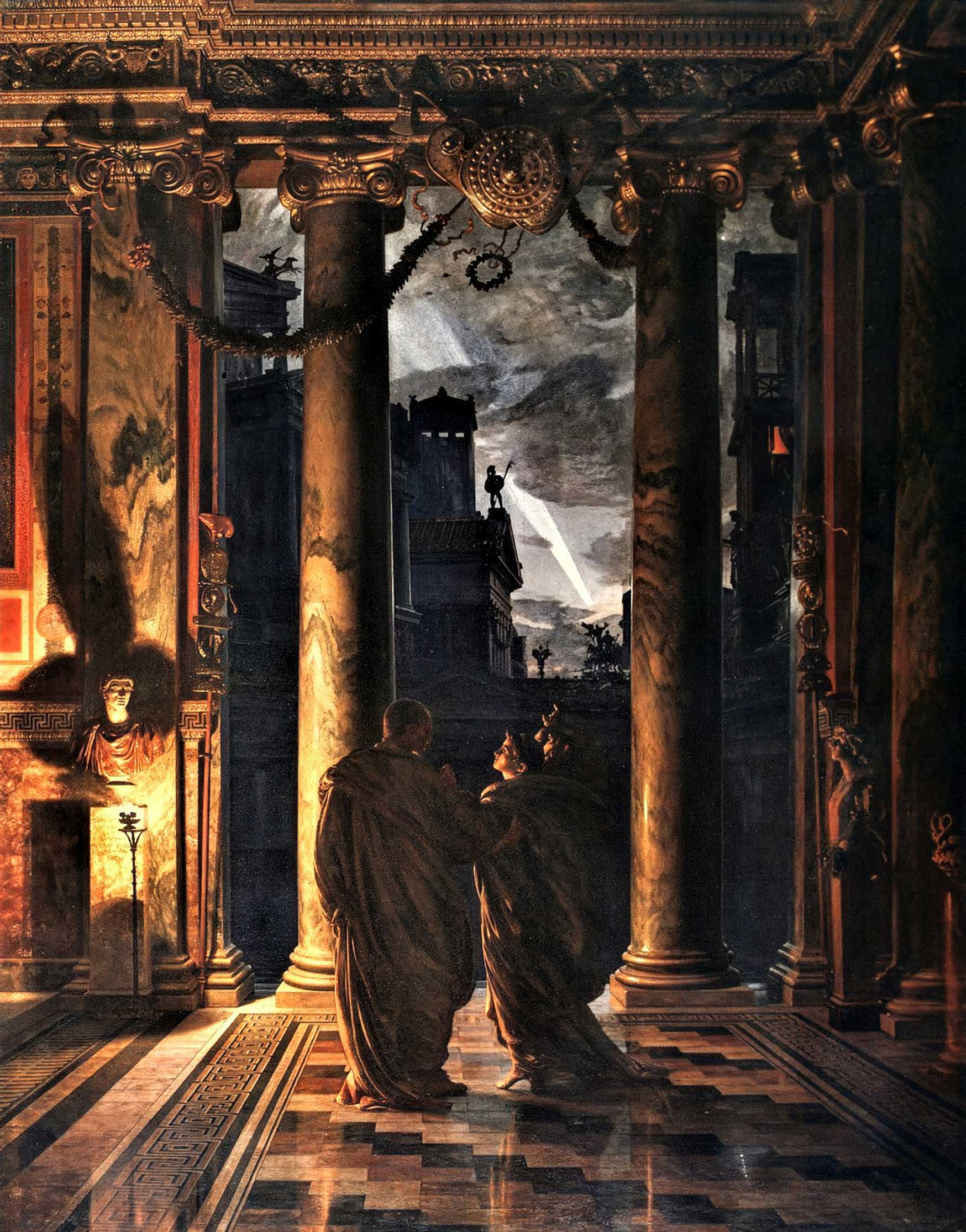
Cult and memory: from street belief to state language
Pliny’s tight paragraph folds in a political consequence: after the comet, a star was added to Caesar’s image, and a temple was dedicated on the Forum. Suetonius’ notice of popular belief and official acts matches how Roman public cult typically formed—bottom-up recognition met by top-down enclosure in altars, priesthoods, and festival days.
The star did not make Caesar a god; it made recognizing him as divine thinkable and showable. Rome did not have a script for deifying a murdered dictator; the Julian Star offered a script the city could watch and rehearse in coins, reliefs, and public ceremonies.
As time passed, later readers—Servius is a sharp example—flattened the story, compressing it into a version where Augustus persuaded the people that the star belonged to Caesar. That line is valuable not because it is accurate (it is not), but because it shows how thoroughly, by the fourth century, the credit for the image’s meaning was assigned to the princeps. In the first years, the star’s ownership was public and plural; only retrospect made it look like a single hand had authored it.
The irony is that the image’s usefulness outlived the facts. People needed a way to see apotheosis; the star delivered one. People needed to see a line from Caesar to the new leader; the star delivered that, too. Once fixed in cult and stone, the symbol asked fewer questions than it answered.
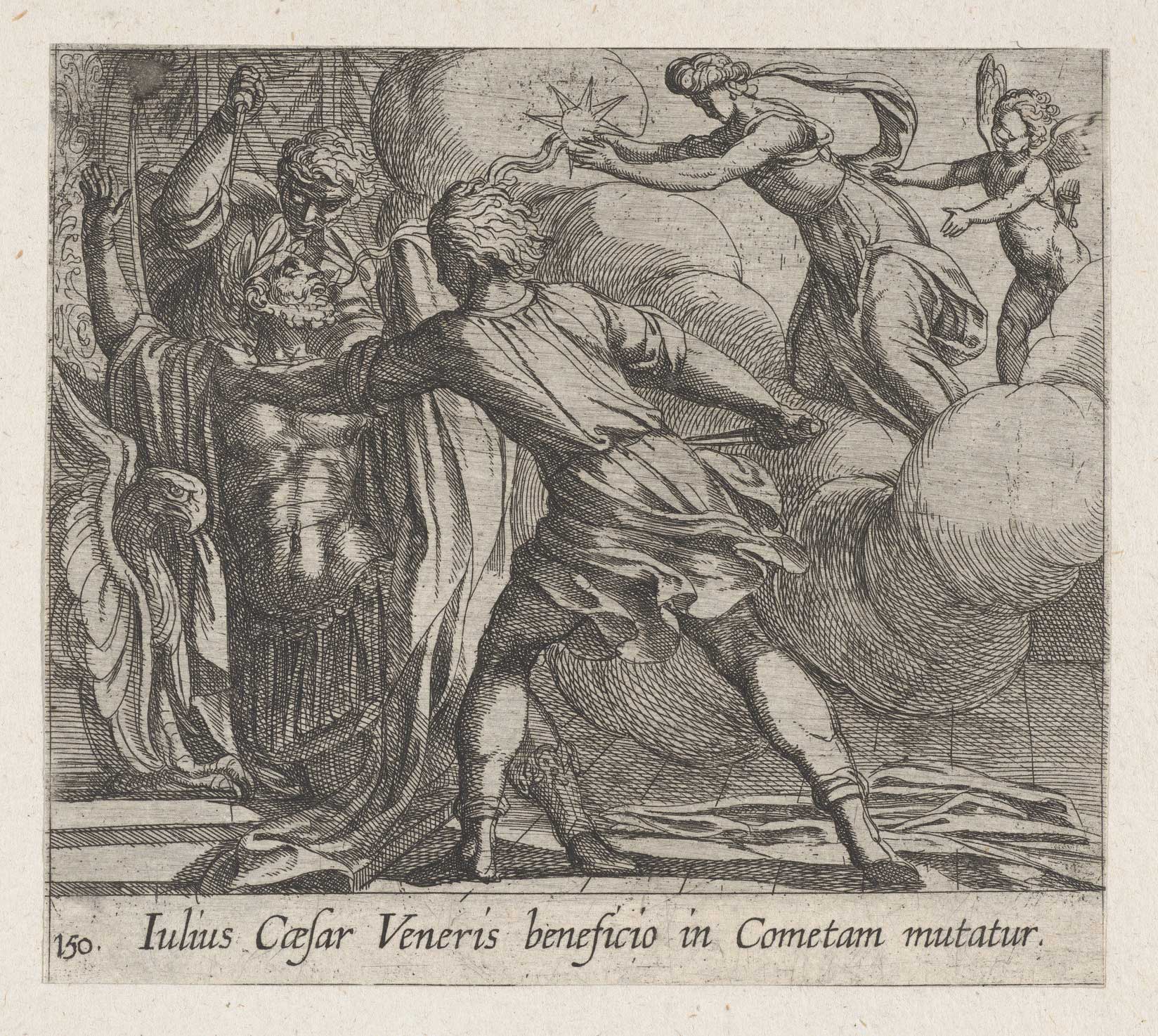
What the comet became
In later literature and public language, “Caesar’s comet” often resolves into “the Julian star.” That translation matters. The star-form tapped a deep store of meanings in Roman and Hellenistic habit: the dead among the stars, the bright markers of divine presence, the navigation points of empire.
It was easier to standardize on mints and monuments, easier to read in a crowded forum, and easier to reuse—for Tiberius, for later emperors, for anyone who wished to imply favor, descent, or divine sanction without describing a precise astronomical event.
This is why the Sidus Iulium enjoys a double life. As a historical report, the 44 BCE object does not lend itself to telescope-era precision. As a cultural object, it is among the most legible images Rome ever minted. It solved a problem that would recur: how to show that a mortal had become divus, and how to attach the glow of that status to the living ruler who followed.
He died in the fifty-sixth year of his age, and was ranked amongst the Gods, not only by a formal decree, but in the belief of the vulgar.
For during the first games which Augustus, his heir, consecrated to his memory, a comet blazed for seven days together, rising always about eleven o'clock; and it was supposed to be the soul of Caesar, now received into heaven: for which reason, likewise, he is represented on his statue with a star on his brow.
The senate-house in which he was slain, was ordered to be shut up, and a decree made that the ides of March should be called parricidal, and the senate should never more assemble on that day.
Suetonius, Divus Iulius 88
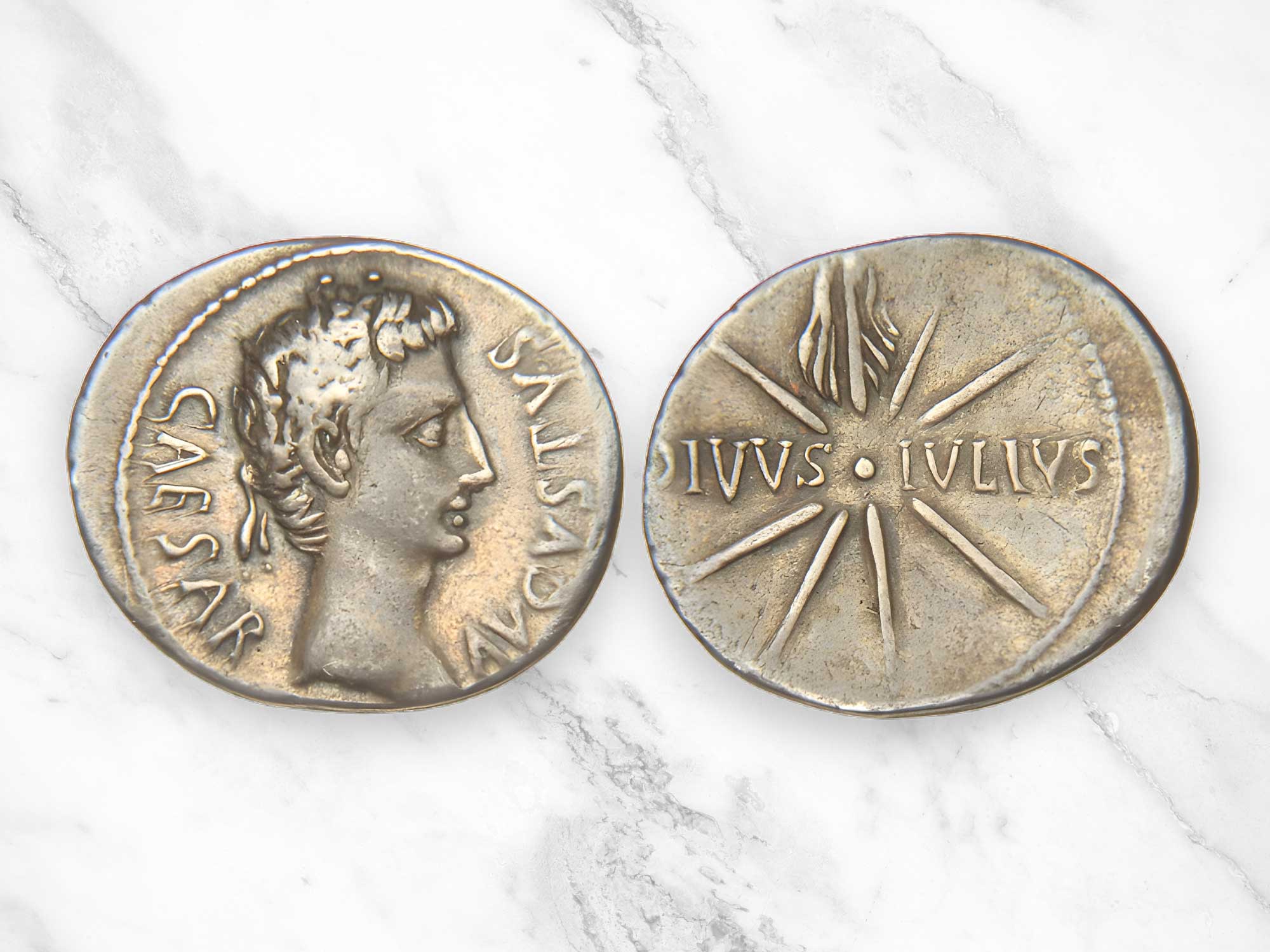
A note on evidence and limits
No single source tells this whole story. Pliny preserves the seven days and the late rising; Suetonius captures popular belief and public honors; Ovid gives the mythic scene that later memory prefers; Dio ties the apparition closely to the games and the city’s response.
East Asian records teach caution: they show how much can be known about sky visitors—and how often summaries, omissions, or delayed entries can blur the timing. Coin series let us watch the sign morph as politics matured. Poems register and shape public interpretation.
Each genre contributes something different, and the strength of the case lies in the convergence rather than in a technical reconstruction that the sources cannot support. On the central point, the dossier is unusually clear: a conspicuous object was seen over Rome during Caesar’s funeral games; many Romans read it as a sign of divinity; the image of that sign, first as a star, then sometimes as a comet, became one of the principal languages through which the city imagined imperial apotheosis and succession.
The brilliance lasted a week; the image lasted centuries. (The Poetics of Power in Augustan Rome, by N. B. Pandey; Chinese Astronomical Records on Comets and 'Guest Stars' in the Official Histories of Ming and Ch'ing and other Supplementary Sources, by Ho Peng Yoke & Ang Tian-Se)



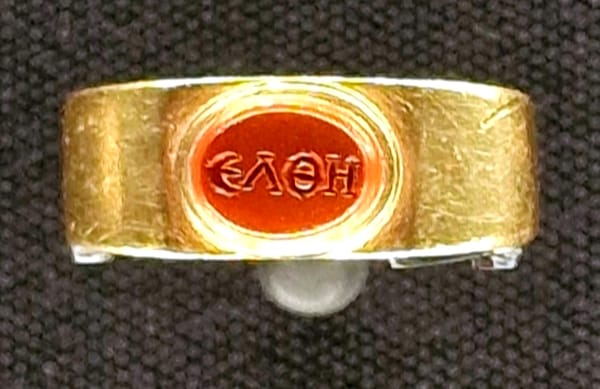
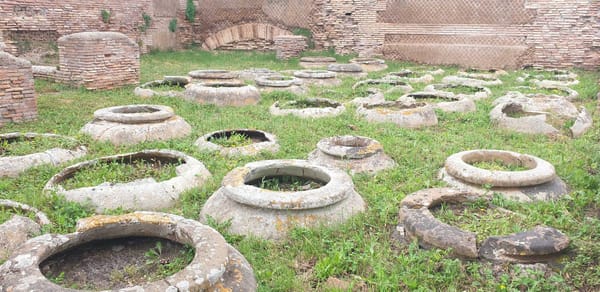
About the Roman Empire Times
See all the latest news for the Roman Empire, ancient Roman historical facts, anecdotes from Roman Times and stories from the Empire at romanempiretimes.com. Contact our newsroom to report an update or send your story, photos and videos. Follow RET on Google News, Flipboard and subscribe here to our daily email.
Follow the Roman Empire Times on social media: